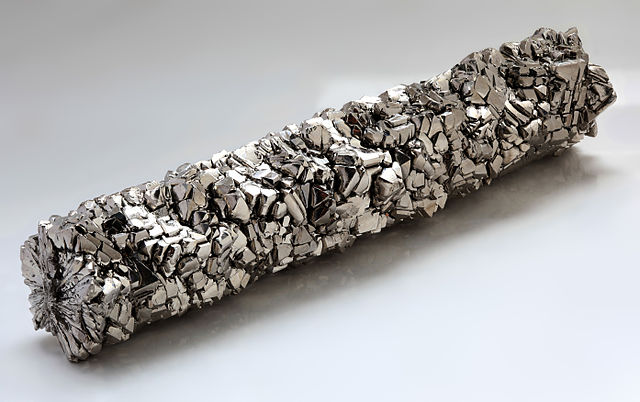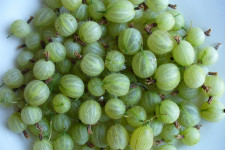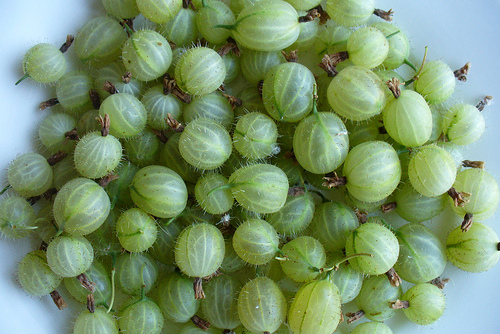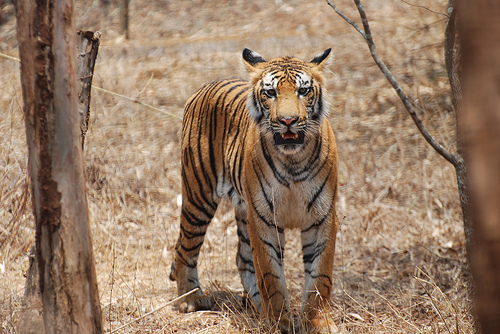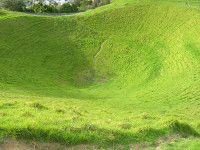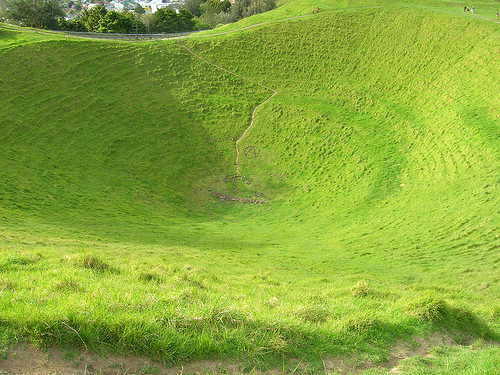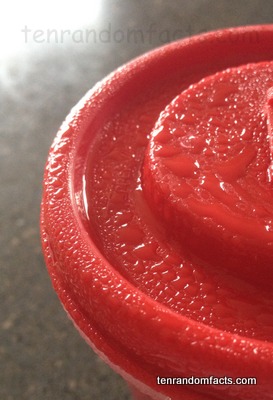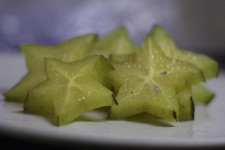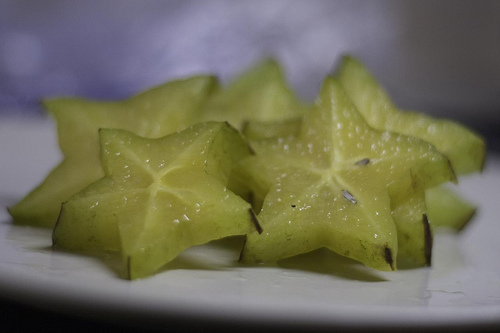
Titanium is one of those elements we all take for granted.
- Titanium is a chemical element and metal, denoted by the atomic symbol ‘Ti’ and the atomic number 22.
- Titanium is of a white to silver or grey colour and is shiny and metallic in appearance.
- Titanium occurs naturally in mineral deposits, sediment, and rocks, especially igneous rocks, and is commonly retrieved from ilmenite, anatase, and rutile, and can be found in stars, meteorites, and living forms, including animals and plants, as well as water.
- It is notable that titanium is very lightweight in comparison to its durability and strength, however if heated to above 430°C (806°F), it will weaken, and at 1668°C (3034.4°F), it will melt.
- A variety of other metals can be alloyed with titanium to viably increase strength with little weight increase, making the metal very versatile.
Titanium Crystal Bar
Image courtesy of Wikimedia Commons
- Typically, titanium is extracted into a sponge-like form, which is them melted and fabricated into a usable resource.
- The majority of titanium that is collected is used to produce titanium dioxide, which provides the white colour in many plastics, paper, paints and toothpaste; while the metal is sometimes used to strengthen sporting equipment, and it is also used in some forms of jewellery, automobiles, aircraft, watercraft and spacecraft, electronic devices, propellers for water use and missiles, among others.
- Titanium has a high resistance against corrosion in both the air and water, though small particles of the metal are highly combustible, and when exposed to air, or the particles form a cloud of dust, they can spontaneously combust; and the metal also reacts easily to chlorine gas, liquid oxygen and heat, sometimes causing the chemical to explode.
- Titanium was discovered by Englishman William Gregor, an amateur mineralogist, who discovered a strange sand with magnetic properties in 1791, which on analysis, was made of iron oxide and what was later determined as titanium oxide.
- ‘Titanium’ is named after the twelve giant sons of Gaia and Uranus, the Greek mythology deities of earth and sky respectively, who were called ‘Titans’ and were renown for their strength.



